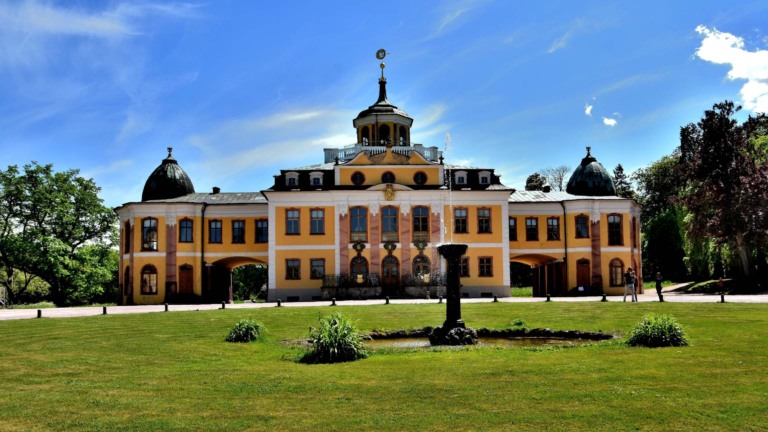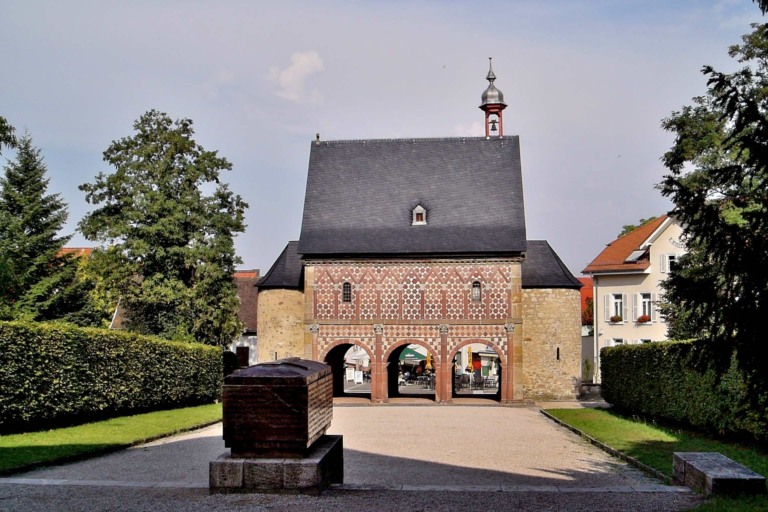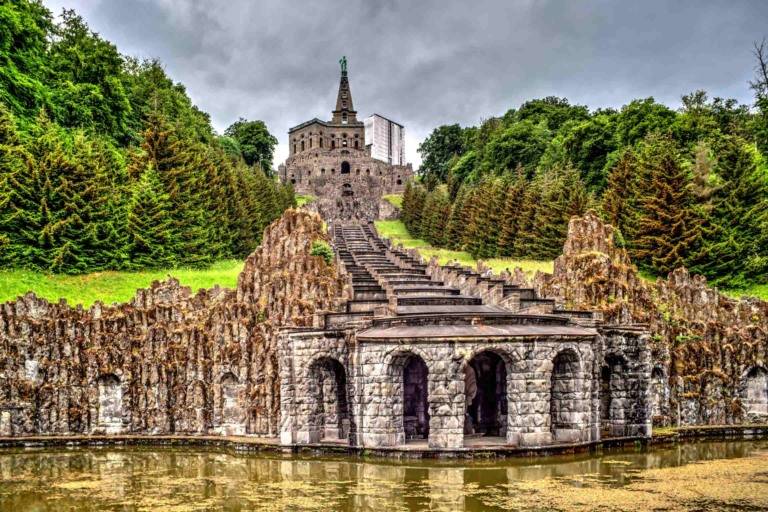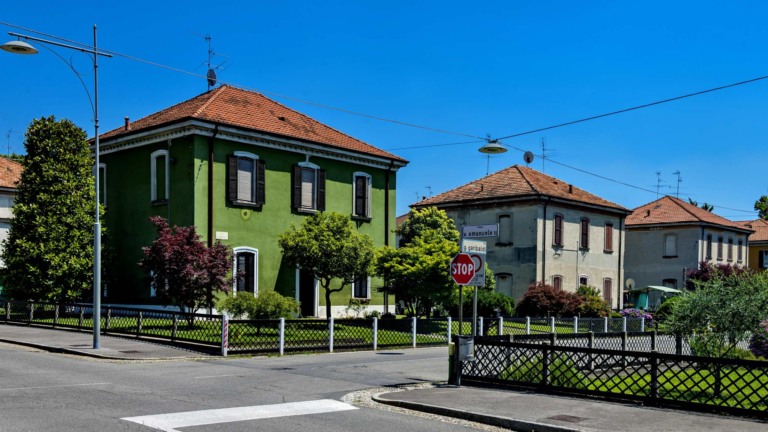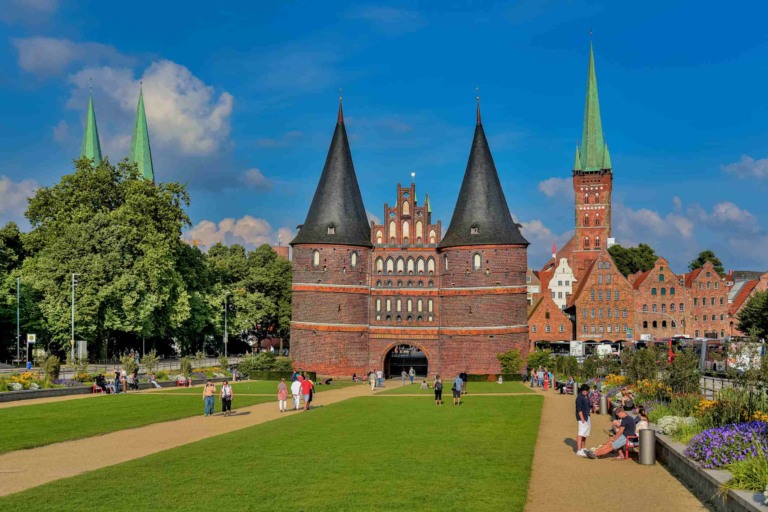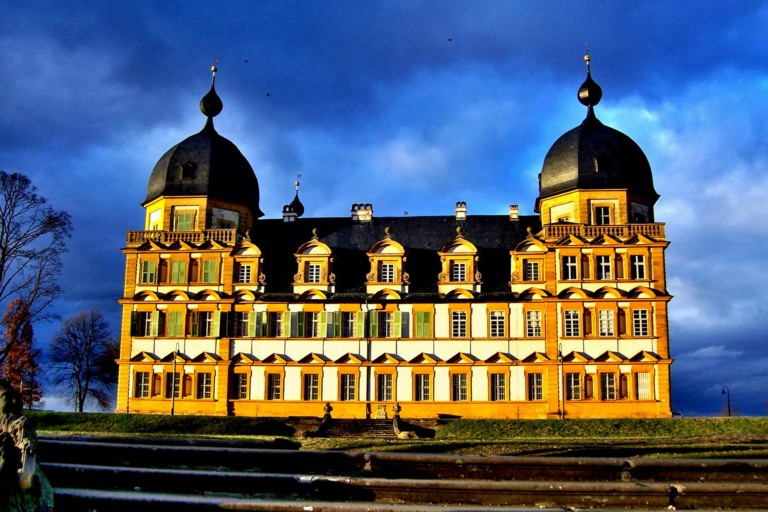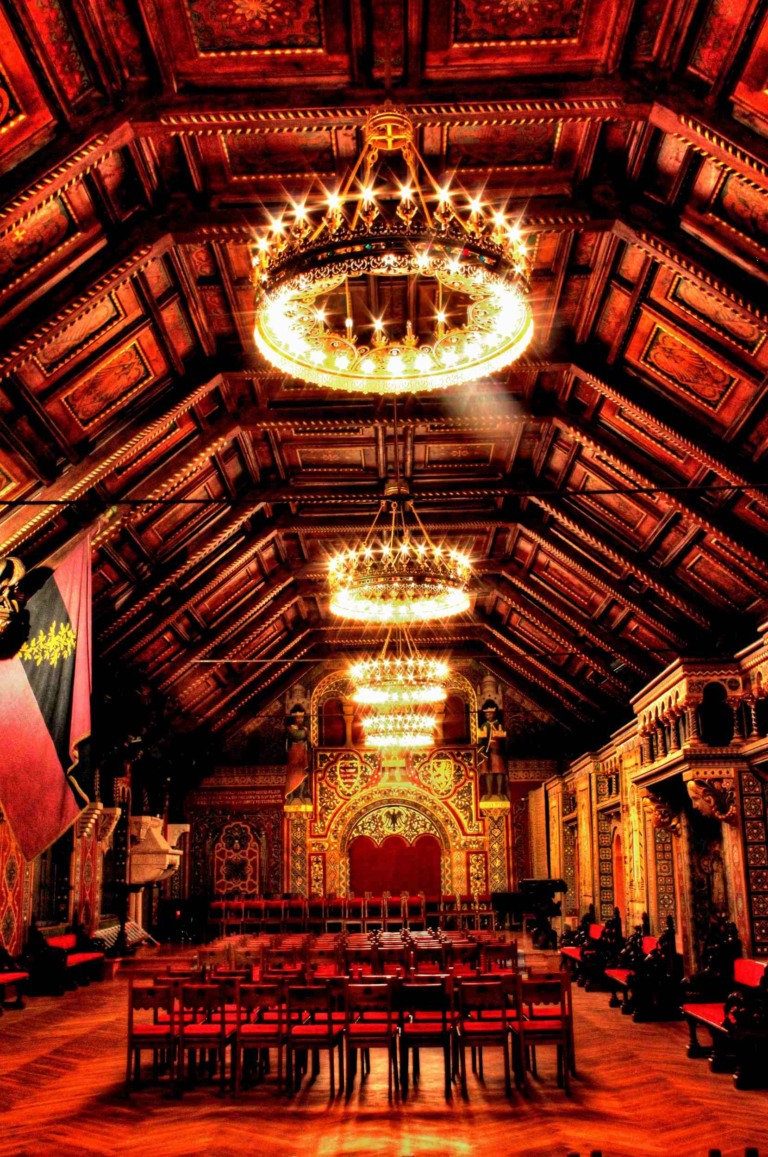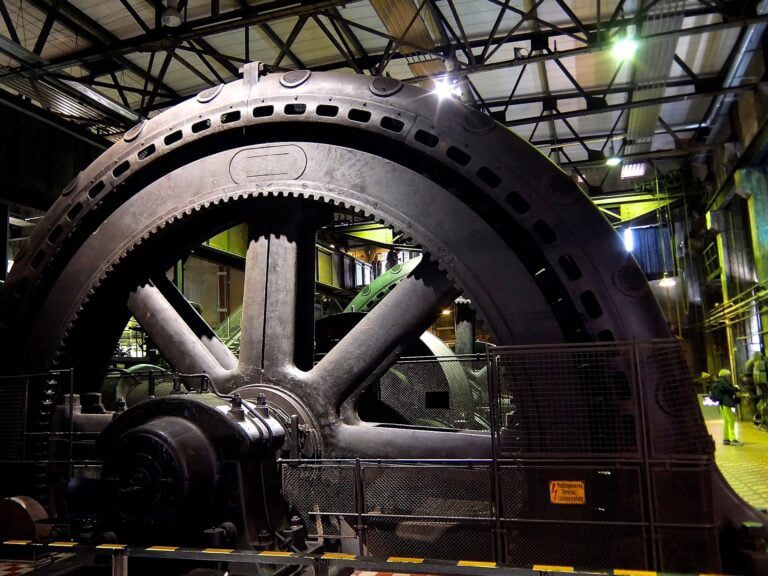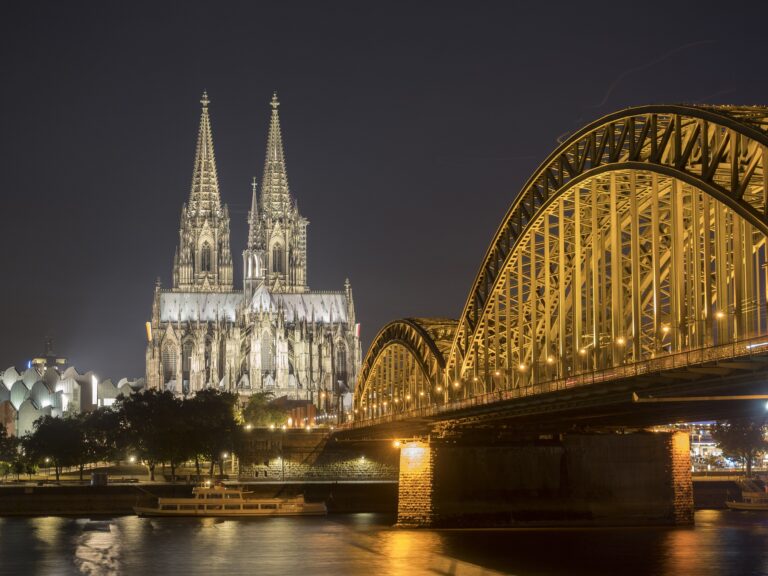Hildesheim Churches
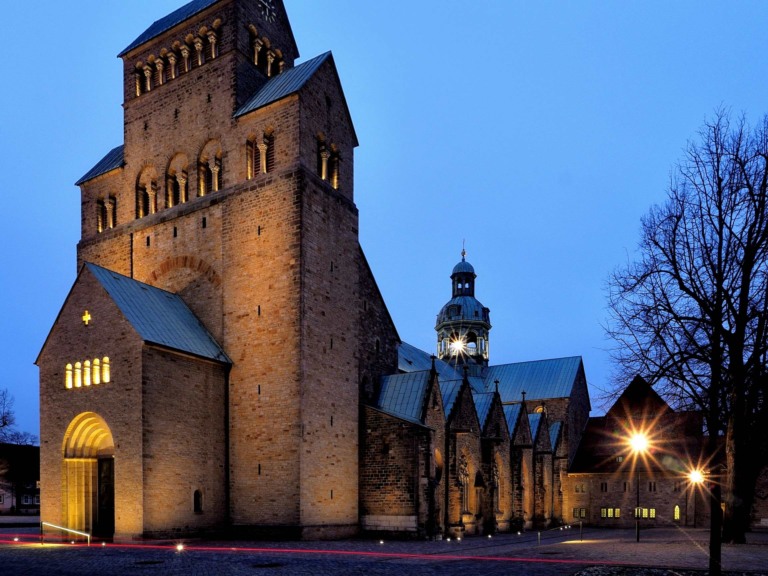
In Hildesheim, Germany, there are two important church buildings: Hildesheim Cathedral and St. Michael’s Church. Hildesheim Cathedral was built in the 9th century and has been fixed up and added to many times since then. The Bernward Doors, which are huge bronze doors with pictures from the Bible and are considered masterpieces of medieval art, are one of the most famous parts of the church. There are also many medieval works of art in St. Mary’s Cathedral, such as the Hezilo chandelier, the Christ column, and the Triumphal Column. Another impressive church building in Hildesheim, St. Michael’s Church, was built in the 11th century and is famous for the way it combines Romanesque and Ottonian types of architecture in a way that no other building does. The church is known for its tower, which is about 100 meters (328 feet) tall and has a lot of paintings and reliefs on it.
